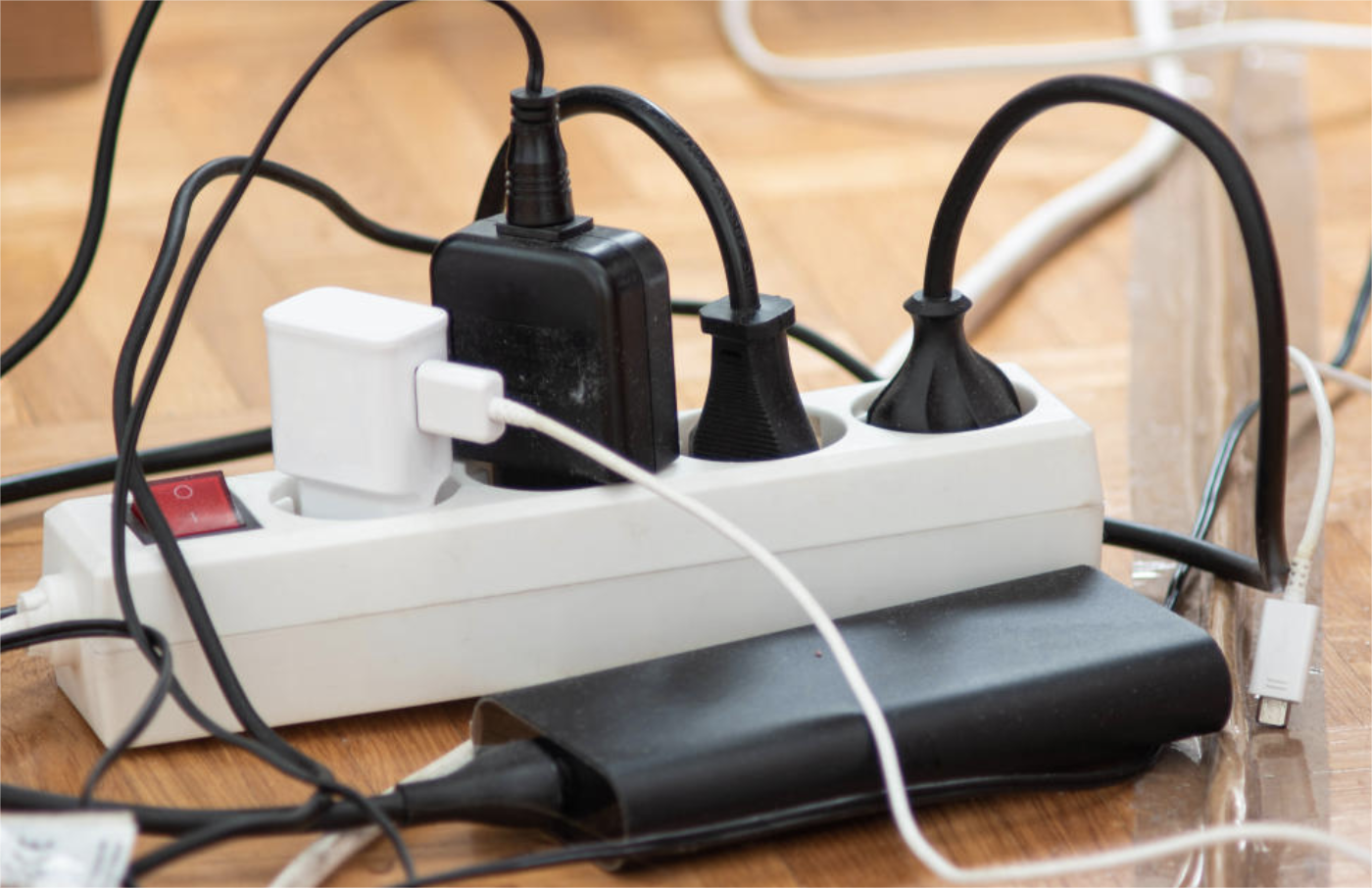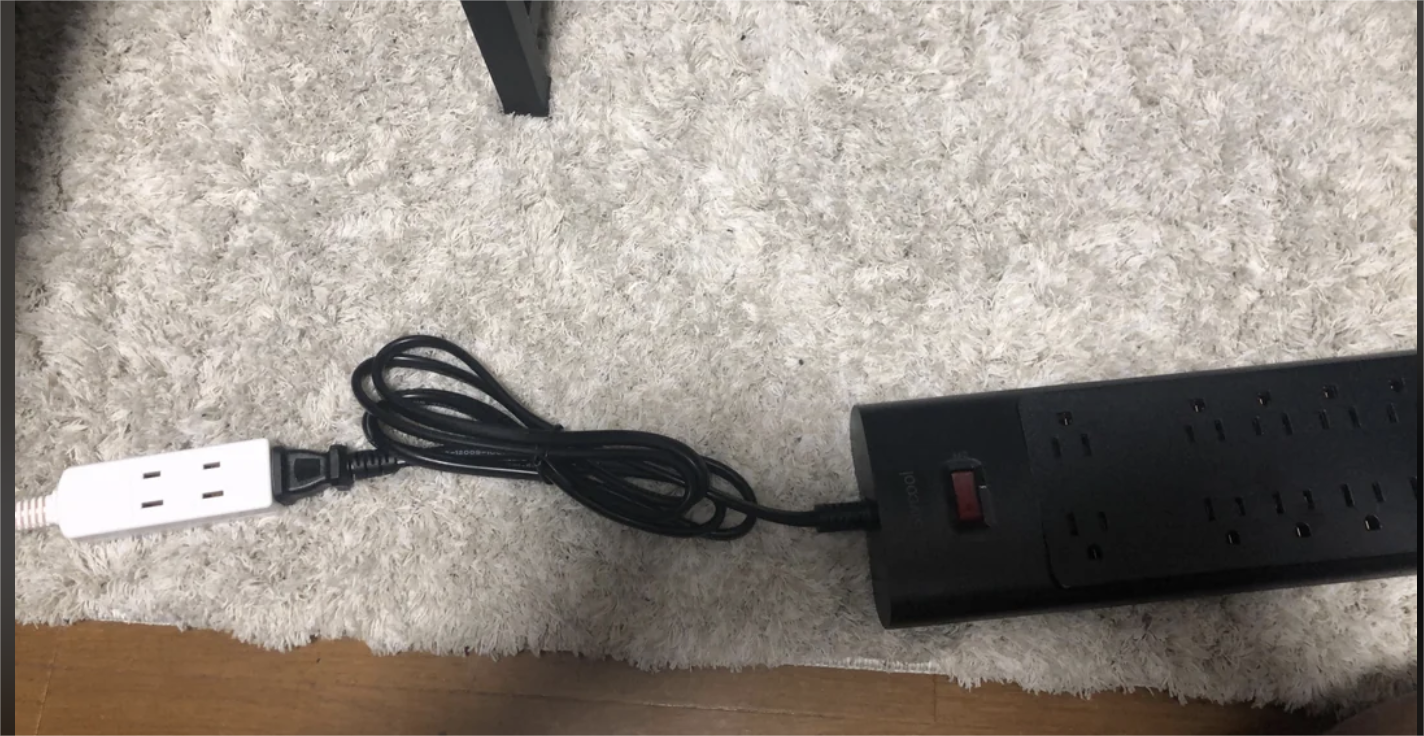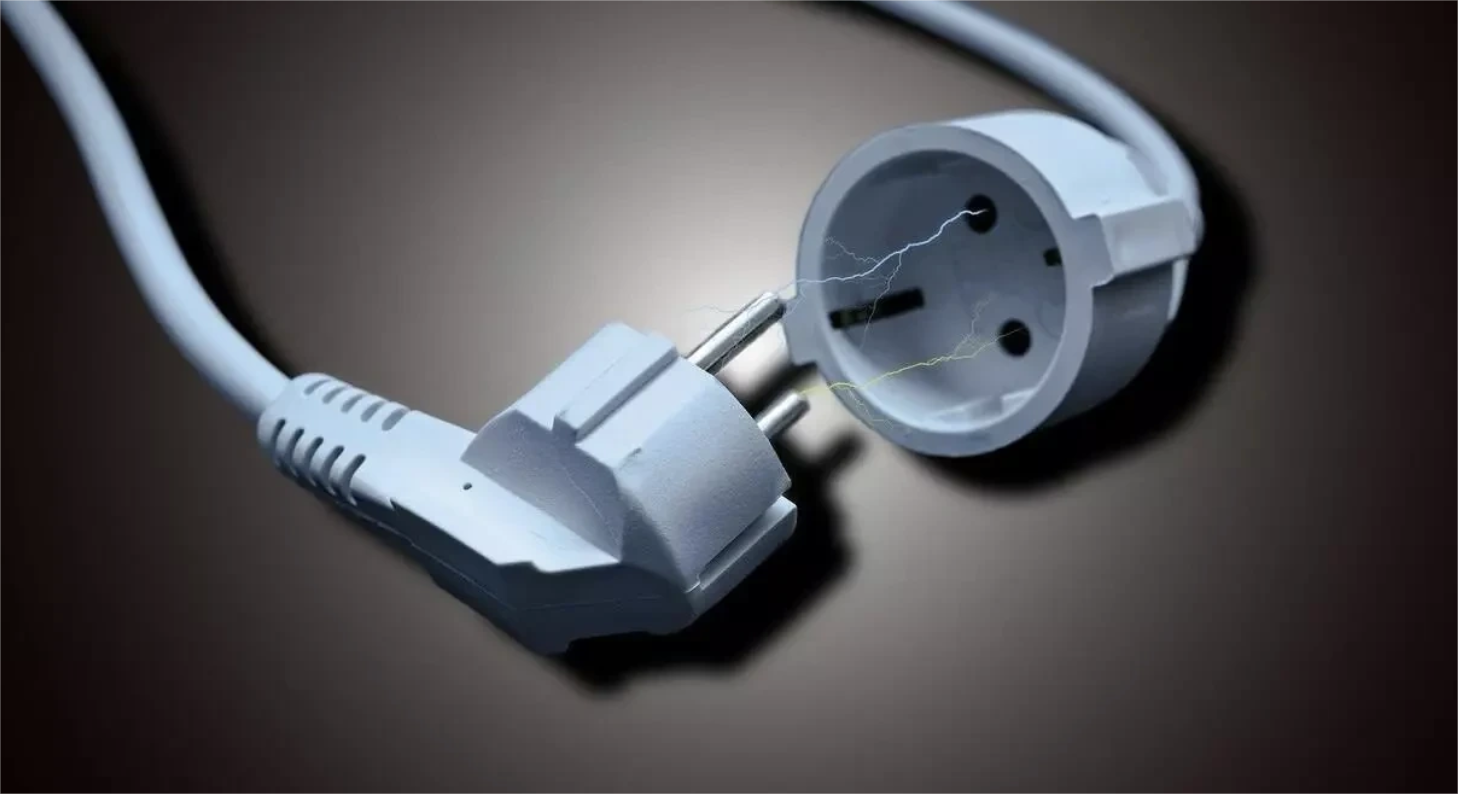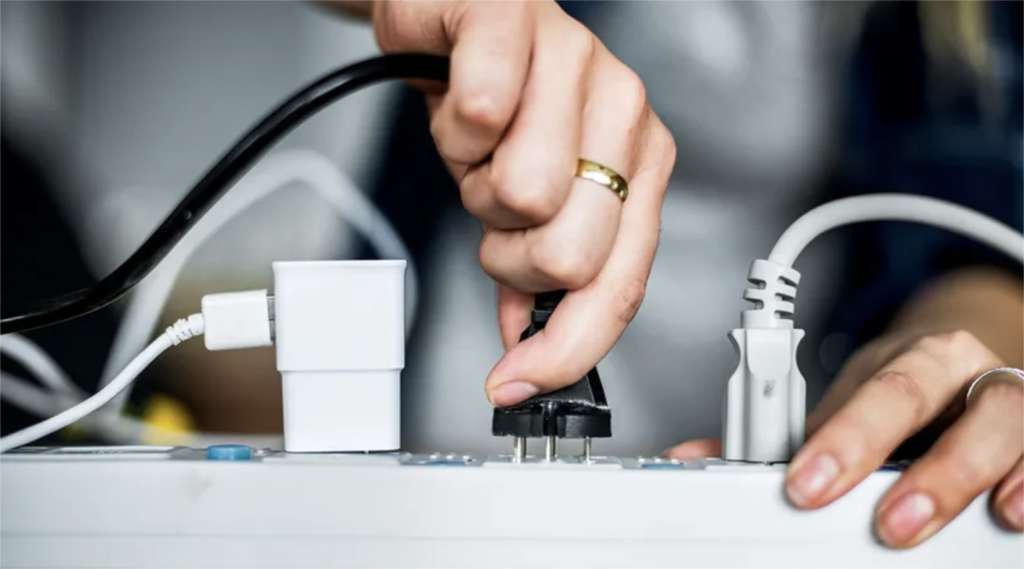
I’ve had my fair share of tangled wires, trying to plug in every gadget under the sun. One question people often ask is whether they can just plug an extension cord into a power strip to make life easier.
Yes, it’s generally possible to plug an extension cord into a power strip, but it’s not always recommended. Electrical safety should be your top priority, since too much load can cause overheating or even trigger fire hazards. Understanding proper usage, limits, and the right products keeps your home or business powered safely without hiccups.
It’s tempting to combine cords for convenience, but let’s dive deeper.
Is it safe to plug an extension cord into a power strip?
If you’ve ever run out of outlets but still had more gear to connect, you might be tempted to chain an extension cord onto your power strip.
Safety comes first. While many of us have done it, daisy-chaining cords can create hazards if you exceed the power rating. Overloading can damage your devices and potentially start a fire. Keeping each device’s wattage in check and using quality products certified under standards like CE and ICE helps you operate worry-free.

Let me share a story from the time I set up my little home office for the first time. I had a power strip under my desk and a fairly long extension cord just across the room. Rather than buying a longer power strip, I plugged the two together—easy-peasy, right? It worked, but the cords felt hot after a few hours.
Understanding Wattage Limits
Every power strip and extension cord has a maximum load capacity. When you chain them, you effectively push that limit. For instance, if both the strip and cord are rated for 10 amps (around 2300 watts in Europe), combining them doesn’t magically double your capacity—you’re still limited by the lowest-rated component. Overrunning that limit is what leads to dangerous overheating.
Quality and Certification Matter
Whenever you’re using extension cords or power strips—especially if they’re built for the European market—look for certifications like CE (Conformité Européenne)1. With Howdy’s extension cords, for example, we stick to ICE and CE standards to ensure safety and reliability for our international customers in countries like Germany, France, and the UK.
Placement and Inspection
Avoid covering the cords or letting them get pinched under heavy furniture. Plus, give them a regular once-over for cuts or damage. If you notice any warm spots on the cord, unplug everything and redistribute your devices across multiple strips or outlets2.
Using an extension cord with a power strip can be safe—so long as you keep an eye on load, product quality, and basic maintenance. After all, no one wants to risk damaging their electronics (or their home) just to get one more device charging.
What cannot be plugged into a power strip?
Some devices are too power-hungry or sensitive to risk plugging into a standard strip.
High-wattage appliances like space heaters, microwaves, and hairdryers can overload or trip a strip’s built-in circuit breaker. Medical equipment also needs dedicated circuits. The general rule: if it produces heat or cold, or supports critical life functions, it shouldn’t share a single strip with your phone charger and laptop.

Over the years, I’ve seen quite a few fiascos—from tripped breakers to scorch marks—because someone plugged a portable air conditioner into the same power strip as their TV. Let’s break down what’s going on behind the scenes.
High-Power Devices
Anything that generates significant heat or cold typically pulls a large power load. Consider space heaters3, air conditioners, refrigerators, and even irons. These appliances can easily exceed the capacity of most power strips, especially if they run continuously or cycle on and off. The inrush current (the spike of electricity when the device first turns on) can be substantial, often pushing beyond what a power strip’s built-in switch or surge protector can handle.
Critical Healthcare Equipment
If you or someone in your household relies on medical devices like CPAP machines for sleep apnea or dialysis equipment, those should go directly into a wall outlet. Power strips can be accidentally switched off or tripped, jeopardizing someone’s health and safety.
Sensitive Electronics
While most standard devices like laptops and phone chargers are fine on power strips (especially if the strip has surge protection), certain high-end audio/visual equipment4 or servers might need specialized surge protectors or UPS (uninterruptible power supply) units. This ensures stable power and reduces the risk of voltage fluctuations damaging your gear.
At Howdy, we’re mindful that many of our B2B clients in Europe supply both consumer products and heavier-duty appliances. We always advise them to match the right extension or strip model to the device’s wattage. Playing it safe not only protects your investment but also keeps your environment hazard-free.
Can I use an extension cord with a power surge?
Surge protectors exist to safeguard devices from sudden voltage spikes. But can they pair with extension cords?
You can use an extension cord with a surge protector, but choose carefully. Low-quality cords might nullify the surge protector’s effectiveness and introduce new risks. Ideally, pick an extension cord that meets your surge protector’s amperage rating, so your devices remain shielded against power anomalies.

In a world where storms can knock out power lines in a flash, surge protectors are your best friends. They act as buffers, redirecting or absorbing the excess energy before it reaches your device. But the quality and specifications of every component in your setup matter—this is where extension cords come in.
Matching Ratings
If your surge protector is rated at 16 amps (common in Europe), your extension cord should also handle 16 amps or more. A mismatch can lead to overheating or partial protection. Checking the labels is key: both cords and surge protectors typically list their load capacity.
Cord Length and Voltage Drop
Using an overly long extension cord can cause a voltage drop5, meaning your devices won’t receive the full voltage they need. While this might not damage them outright, it can affect performance or cause repeated resets. If you must use a long cord, invest in one with thicker gauge wiring.
Placement and Environment
Where you place your surge protector-and-cord combo matters. Keep it clear of damp floors or potential spillage6. Tucking cords behind thick curtains or rugs traps heat and can compromise airflow. Always ensure the cord can “breathe” to prevent overheating.
At Howdy, we design some surge-protected power strips meant for heavy usage, particularly in markets like Germany and the UK, where reliable currents and compliance with strict standards are non-negotiable. If you add an extension cord, we recommend picking one certified for safety—never a cheap, flimsy version that could undermine the very protection you’re seeking.
Why does my extension cord turn off?
It’s frustrating when your extension cord or devices lose power for no apparent reason.
Extension cords can shut off due to built-in overload protection, poor connections, or overheating. Some cords have internal circuit breakers that trip when current exceeds safe levels. Damaged wiring or faulty construction can also cause intermittent power loss, highlighting the need to choose high-quality cords and regularly inspect them for wear.

I’ll never forget the moment my power tools died mid-project in my garage. My extension cord’s tiny reset switch had popped out. I realized it had an internal breaker designed to keep me safe if the load was too high.
Overload Protection
Some extension cords feature built-in circuit breakers or reset switches. If you plug in too many devices or run a single, high-wattage tool, the cord will cut off power automatically7. This prevents hazardous overheating and potential fires.
Loose or Damaged Connections
Even with a good-quality cord, frequent tugging or bending around corners can loosen the internal wiring. A slight break or fray can disrupt power flow8. Regularly checking for cracks, burn marks, or loose prongs can save you from random power dropouts.
Environmental Factors
Surprisingly, factors like humidity or direct sunlight can also affect your extension cord. In damp or outdoor conditions, moisture might cause short circuits or trigger built-in safety features. For heavier outdoor tasks, always opt for a weather-resistant cord rated for exterior use.
Age and Material Quality
Cheaper cords might not use thick enough wire gauge or robust insulation, making them more prone to heat buildup. If your extension cord is old or from an unverified source, it might shut off more frequently for self-preservation.
Inspecting the cord, matching load ratings, and ensuring proper usage typically solves most extension cord shut-off problems. It’s also a reminder that investing in a sturdy, certified solution—like those we offer at Howdy—can go a long way in ensuring both safety and reliability.
Conclusion
Combining extension cords, power strips, and surge protectors can be handy, but always prioritize safety and load limits. Understanding each product’s capacity prevents overloading and reduces risks. A little caution and the right gear keep your setup efficient, organized, and worry-free.
-
The "CE (Conformité Européenne)" link helps you identify products that meet safety standards in the European market, ensuring you’re using reliable equipment. ↩
-
The link to "multiple strips or outlets" provides practical advice on avoiding overloading a single strip, ensuring safer use of your devices. ↩
-
Clicking on "space heaters" helps you understand why high-wattage devices are a poor fit for power strips, reducing the risk of overheating or fire. ↩
-
The "high-end audio/visual equipment" link helps readers learn about specialized power solutions to protect sensitive electronics from power fluctuations. ↩
-
The link to "voltage drop" explains how excessive cord length and thin wiring can reduce voltage delivery, affecting device performance and stability. ↩
-
he "damp floors or potential spillage" link highlights safety precautions for cord placement to prevent hazards like electrical shocks or short circuits. ↩
-
Clicking on "cut off power automatically" helps readers understand how overload protection works and why it’s essential for safety. ↩
-
The link to "disrupt power flow" guides readers in identifying physical damage that might interrupt electricity and lead to shutdowns. ↩







